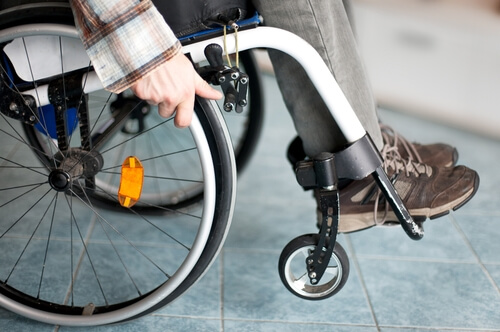The changing face of aged care accommodation
July 6, 2015 | Aged Care Management

We've talked about it before. Aged care is changing fast across Australia as residents pour into facilities and providers struggle to equip centres with the right equipment – and staff.
Some changes present more of a challenge than others, specifically when it comes to accommodations. The success of the aged care sector Down Under depends on a network of facilities and home care options that can deliver appropriate accommodations to all elderly Australians.
It's something that's easier said than done, as sector demands continue to ramp up. In this piece, we'll take a look at how the community care sector is continuing to change, and the issue of younger Australians receiving care in residential aged care facilities.
Reshaping community care
Community care plays an important role in our aged care sector: it's a critical relief valve for the crowded (and quickly growing) residential accommodation sector. It's also likely to become a more attractive option for many elderly Australians wanting to remain outside of aged care facilities for as long as possible.
Community care plays an important role in our aged care sector.
A recent report from Deloitte has explored this important space, and found that now it's experiencing a time of "substantial upheaval".
Why? Deloitte notes that the National Disability Insurance Scheme (NDIS) and Consumer Directed Care (CDC) are bringing regulatory reform. What's more, a demand driven service delivery model is altering how care is delivered to Australians.
"Disability and aged care services will be transformed, giving customers greater control of services delivered. The total number of home care packages in 2013 was 66,000 and will increase to around 100,000 by 2017 – an increase of 51.5 per cent," Deloitte Access Economics partner leading health and social policy Lynne Pezzullo explained.
CDC and NDIS will then be coming at an important time for community care, and should be fully operational within the next two years.

Young people in aged care: an alternative solution
Right now, a number of young people live in residential aged care facilities across Australia. These are Australians with disabilities that don't have suitable accommodation, and as such are forced to be given care in facilities that are already strained.
This poses quite a serious problem for the aged care sector, as there certainly isn't an excess of accommodation.
Australian Ageing Agenda recently called attention to this issue, outlining an inquiry report tabled in parliament in late June. The report was designed to address the current spate of younger Australians within these facilities, responding to calls that a coordinated approach be put in place to transition them out.
The proposed solutions centred around the creation of a joint task force that would be able to oversee their transition into alternative living situations – by June 2018.
However, where will these solutions come from?
"There have been a range of innovative housing solutions presented to the committee; however, without clarity around the funding mechanisms, it is uncertain how or if they will ever be built," the report explained.
It's not an easily solvable issue, but it certainly needs to be addressed in the short term.
The face of Australian aged care continues to change, with both a growing population and legislation adjustments playing a key role in the evolution. There's certainly no avoiding the fact that providers will need to stay on top of these changes, as well as manage facilities effectively.
One of the most effective ways to do so is through sustainable funding initiatives, using tools like the ACFI Calculator. To find out more, get in touch with Mirus Australia today!


